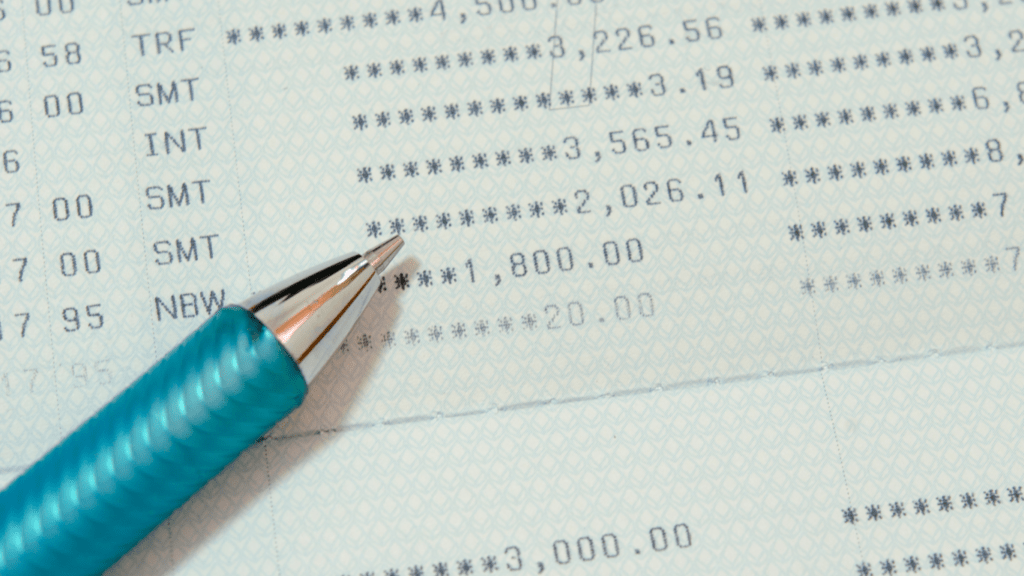As a seasoned blogger delving into the intricacies of the real estate market, I’ve often found myself captivated by the profound influence that Federal Reserve policies wield over property prices. The Federal Reserve’s decisions on interest rates and monetary policy can send ripples through the real estate sector, shaping the landscape for buyers, sellers, and investors alike. Understanding how these policies impact real estate prices is crucial for anyone looking to navigate the market with confidence.
In this article, I’ll explore the nuanced relationship between Federal Reserve policies and real estate prices, shedding light on the mechanisms at play and the potential outcomes for various stakeholders. From the effects of interest rate fluctuations on mortgage affordability to the broader implications for housing market stability, we’ll uncover the intricate dance between central bank decisions and property values. Stay tuned to gain a deeper insight into how Federal Reserve policies can sway the tides of the real estate market.
Overview of Federal Reserve Policies
Exploring the impact of Federal Reserve policies on real estate prices is crucial for understanding the dynamics of the housing market. Federal Reserve decisions on interest rates and monetary policy play a significant role in shaping real estate trends, influencing the behavior of buyers, sellers, and investors alike.
Analyzing the relationship between Federal Reserve policies and real estate prices reveals the intricate connections between macroeconomic factors and property values. Fluctuations in interest rates directly impact mortgage affordability, influencing individuals’ purchasing power and overall demand in the housing sector.
It’s essential to recognize how central bank decisions can have ripple effects on property values, affecting market stability and investment opportunities. By gaining insights into how Federal Reserve policies shape the real estate landscape, one can make informed decisions when navigating the dynamic housing market.
Historical Trends in Real Estate Prices
In examining the historical trends in real estate prices, it’s essential to consider the different eras before and after the implementation of Federal Reserve policies.
Pre-Fed Policy Era
Before the Federal Reserve policies came into effect, real estate prices were subject to more volatile fluctuations. The absence of a central authority to regulate monetary policy meant that market forces had a more pronounced impact on property values. This era witnessed sharper spikes and dips in real estate prices, often driven by external economic factors and investor sentiment.
Post-Fed Policy Era
With the establishment of Federal Reserve policies, the real estate market entered a more stabilized phase. The introduction of interest rate regulations and proactive monetary measures helped mitigate extreme price swings in the housing sector. The post-Fed policy era brought about a more predictable environment for real estate transactions, providing both buyers and sellers with increased certainty in property valuations.
Factors Influencing Real Estate Prices
Exploring the factors that influence real estate prices is crucial for understanding the dynamics of the housing market. In this section, I will delve into how interest rates and monetary policy play a significant role in shaping real estate prices.
- Interest Rates
Interest rates have a direct impact on real estate prices as they influence mortgage affordability for potential buyers. When interest rates are low, borrowing costs decrease, making it more affordable for individuals to finance home purchases. On the contrary, high-interest rates can deter buyers due to increased borrowing costs, thereby affecting demand in the housing market. - Monetary Policy
Monetary policy, set by the Federal Reserve, also plays a pivotal role in determining real estate prices. The Federal Reserve’s decisions regarding interest rates and the supply of money in the economy can impact the overall financial environment, consequently influencing real estate values. By adjusting monetary policy, the Fed can stimulate or cool down the housing market, affecting prices and market stability.
Impact of Federal Reserve Policies on Real Estate Prices 
Discussing the impact of Federal Reserve policies on real estate prices is essential for understanding the dynamics of the housing market. The Federal Reserve’s decisions on interest rates and monetary policy play a crucial role in shaping real estate prices by influencing mortgage affordability, buyer purchasing power, and overall demand in the property sector.
Analyzing historical trends in real estate prices reveals significant shifts before and after the implementation of Federal Reserve policies. In the pre-Fed policy era, real estate prices were subject to volatile fluctuations driven primarily by market forces. Contrastingly, the post-Fed policy era, characterized by interest rate regulations and proactive monetary measures, has led to a more stabilized real estate market. This stability provides increased predictability for transactions and certainty in property valuations for both buyers and sellers.
Exploring the factors that impact real estate prices emphasizes the pivotal roles of interest rates and monetary policy. Interest rates directly influence mortgage affordability, directly affecting buyers’ capacity to finance home purchases. Additionally, the Federal Reserve’s monetary policy plays a crucial role in shaping real estate prices by influencing the financial landscape, market stability, and overall property values.
Case Studies and Examples
Exploring case studies and examples can provide valuable insights into how Federal Reserve policies impact real estate prices in practical terms. By examining specific instances, we can observe the direct effects of interest rate changes and monetary policy decisions on the housing market.
Case Study 1: Interest Rate Hikes
In a case study conducted in 2018, a series of interest rate hikes by the Federal Reserve led to a noticeable slowdown in the real estate market. As interest rates rose, mortgage affordability decreased, causing a decline in buyer demand and subsequently affecting property prices. This demonstrates the immediate impact of Federal Reserve decisions on real estate dynamics.
Case Study 2: Quantitative Easing
During the period of quantitative easing following the 2008 financial crisis, the Federal Reserve’s policy of lowering interest rates and buying mortgage-backed securities helped stimulate the real estate market. This resulted in increased property values and higher demand as borrowing costs decreased, showcasing how specific policy measures can drive real estate price trends.
Example: Market Stability Post-Fed Announcement
After a Federal Reserve announcement of maintaining low interest rates for an extended period, the real estate market experienced a period of stability and growth. Homebuyers were encouraged by the prospect of continued affordable mortgage rates, leading to a sustained demand for properties and gradually appreciating prices. This example illustrates how clarity in Federal Reserve policies can positively impact real estate markets.
By analyzing these case studies and examples, we can grasp the tangible ways in which Federal Reserve policies shape the landscape of real estate prices, emphasizing the critical role of interest rates and monetary decisions in influencing market dynamics.



 Reginae Daviester has been a key contributor to the success of Residence Resale Tactics, leveraging her creativity and dedication to help build a platform that serves as a comprehensive resource for real estate professionals. Her role as a helper involves crafting innovative ideas and supporting content development, ensuring the platform remains engaging and valuable for its audience. Reginae’s passion for real estate is reflected in her commitment to delivering high-quality insights that empower users to navigate the market effectively.
Her diverse skill set and willingness to take on new challenges have been vital to the project’s growth, enabling Residence Resale Tactics to expand its offerings and maintain its status as a leading resource. Reginae's enthusiasm and forward-thinking approach continue to inspire the team, contributing significantly to the platform's ongoing evolution and impact in the real estate community.
Reginae Daviester has been a key contributor to the success of Residence Resale Tactics, leveraging her creativity and dedication to help build a platform that serves as a comprehensive resource for real estate professionals. Her role as a helper involves crafting innovative ideas and supporting content development, ensuring the platform remains engaging and valuable for its audience. Reginae’s passion for real estate is reflected in her commitment to delivering high-quality insights that empower users to navigate the market effectively.
Her diverse skill set and willingness to take on new challenges have been vital to the project’s growth, enabling Residence Resale Tactics to expand its offerings and maintain its status as a leading resource. Reginae's enthusiasm and forward-thinking approach continue to inspire the team, contributing significantly to the platform's ongoing evolution and impact in the real estate community.